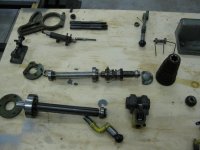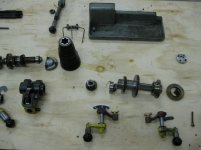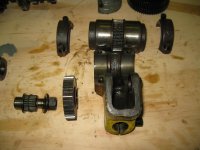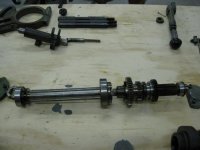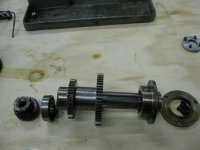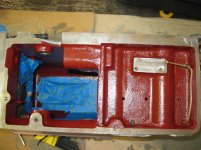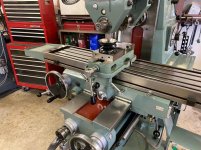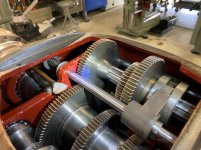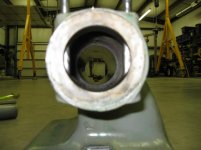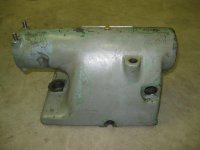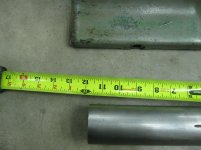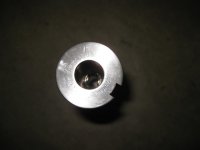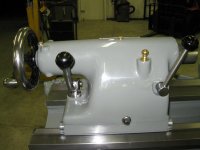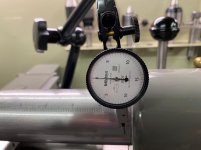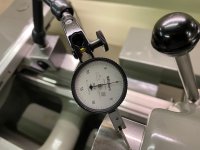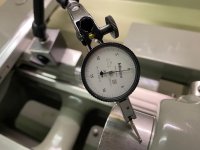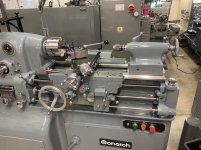tailstock4
Cast Iron
- Joined
- Mar 3, 2013
- Location
- Oklahoma, USA
That looks a really nice machine to work on. “ DSG’s “ were like that. Everything came apart as it should. You didn’t have to fight the machine. Another thing - any spares you ordered from them fitted perfectly, nothing needed any alterations.That wasn’t my experience with other manufacturers.
Regards Tyrone.
I once looked at a 1307 DSG but decided it had too much wear for me to deal with at the time. Any favorite model you have? Are the older ones better than the newer?


